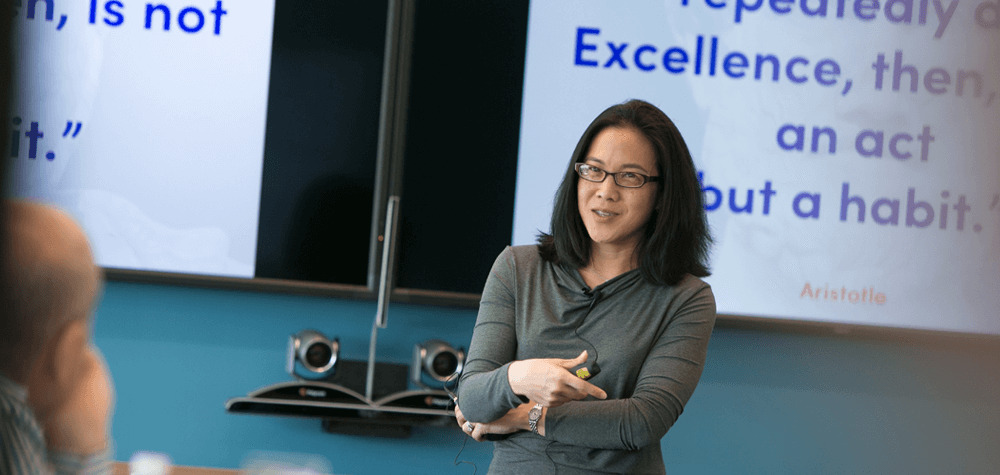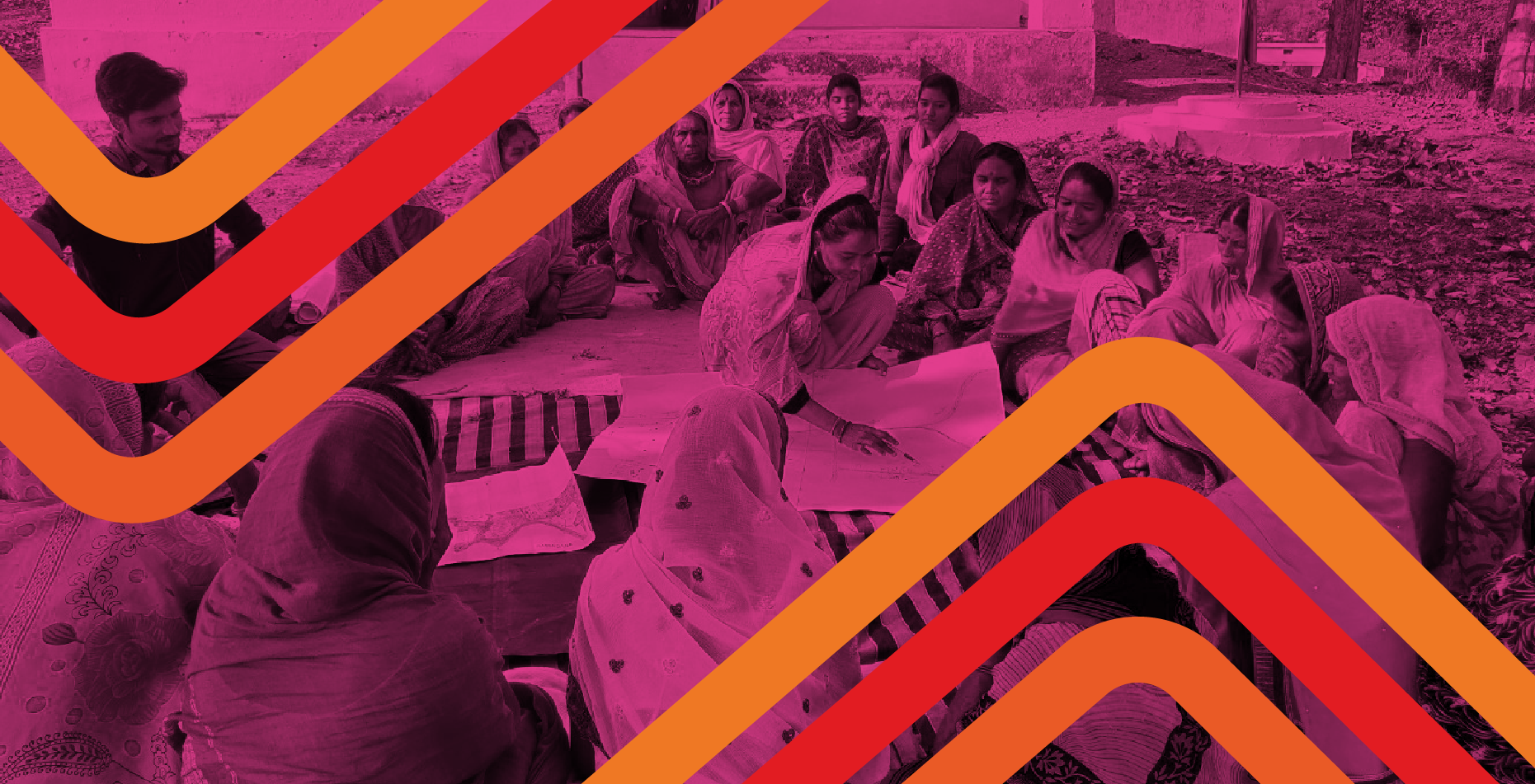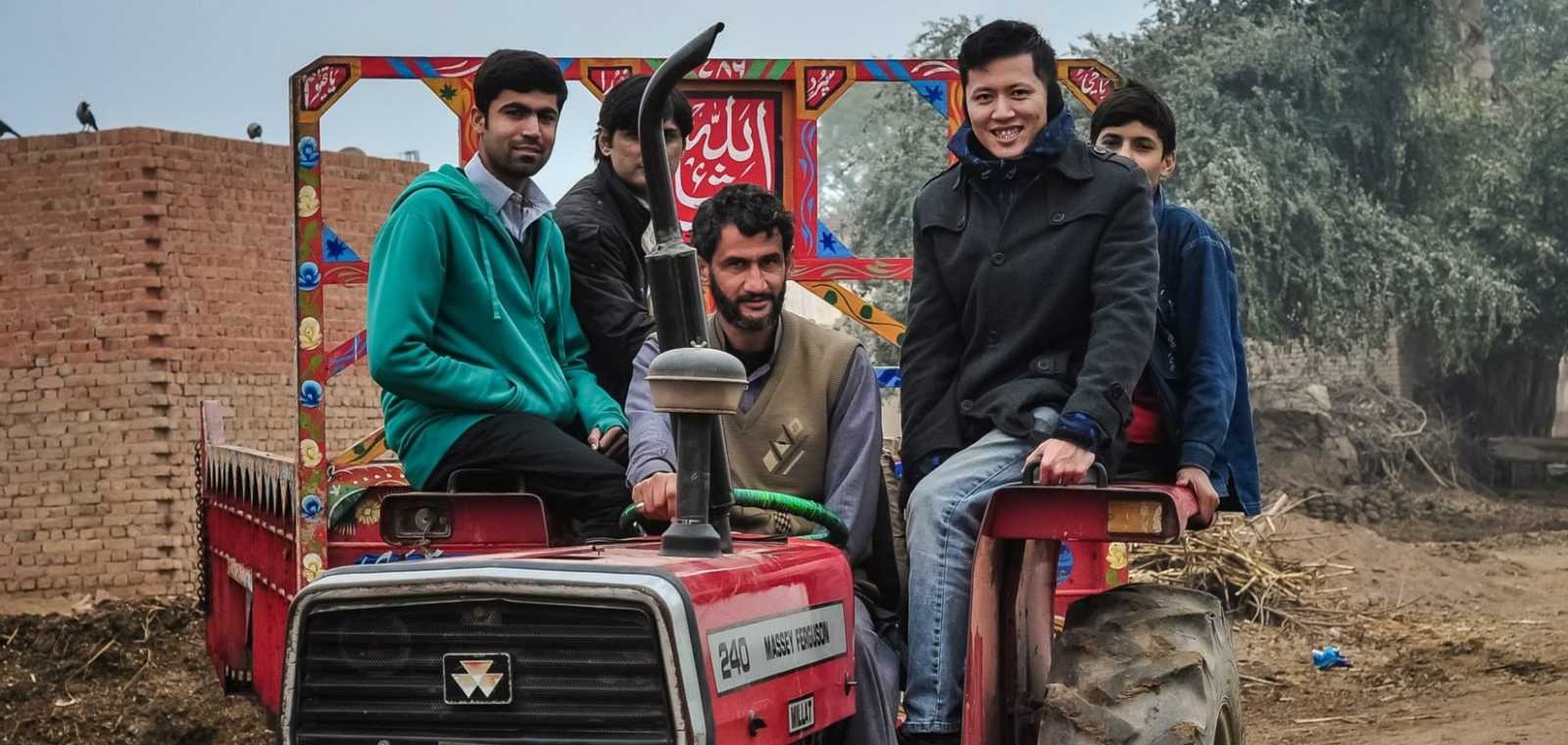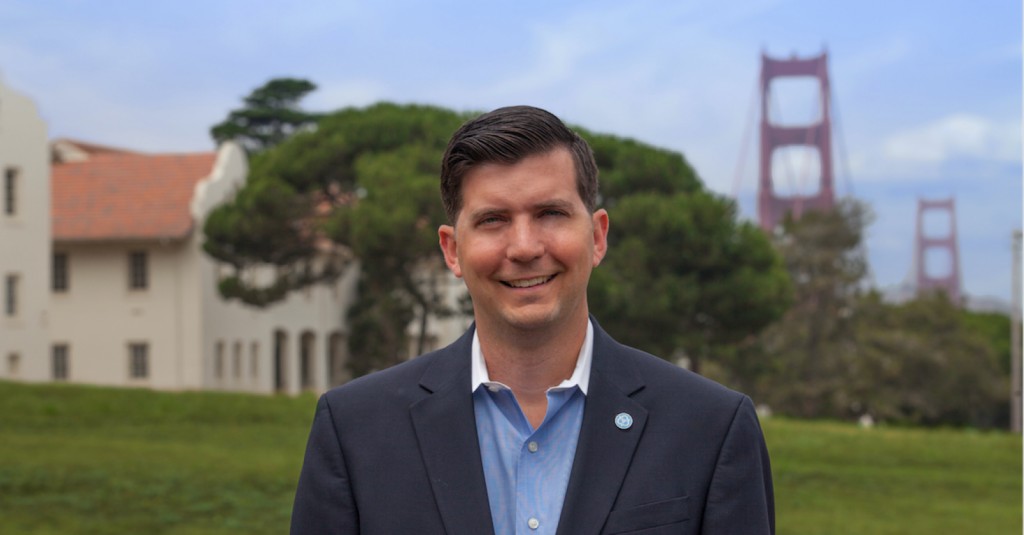Grow as a Leader
One trait of world-class leaders: Grit
Learn about top mid and lower level goals from Angela Duckworth, plus other strategies to build grit.
June 25, 2017
Social entrepreneurs are frequently told to never give up, even when they encounter rough patches. Acumen’s own manifesto reminds us that tackling problems of poverty “requires patience and kindness, resilience and grit: a hard-edged hope.”
Practice #1: Envision your goals in a hierarchy
- Why do you want to publish that press release? So your new water filtration device can achieve recognition and gain traction in local markets.
- Why do you want to call your business partner back? So that you can finalize the distribution plan for your new edtech product.
Practice #2: Tell a smarter story about your failures
- Self-Reflection Question 1: Am I framing failure as temporary or permanent?
- Self-Reflection Question 2: Am I framing failure in specific or pervasive terms?
Frame failure concretely. This will help you generate more optimism to keep going.
Practice #3: Never quit your hard thing on a hard day
They can help you sort through your lower-order goals and know which ones are OK to abandon so that you can still focus on achieving your higher-order goal. Once you find that higher purpose, the people in your corner should help you remain committed.” If you’re tackling hard social problems, it doesn’t help to bang your head against a wall or beat yourself up when you don’t get things right the first time. Building grit is not just about doggedly pursuing a goal, even when you’re miserable. To stay effective, you also need to stay optimistic. This means building a growth mindset that recognizes both you — and the people you’re working with — are capable of change.



